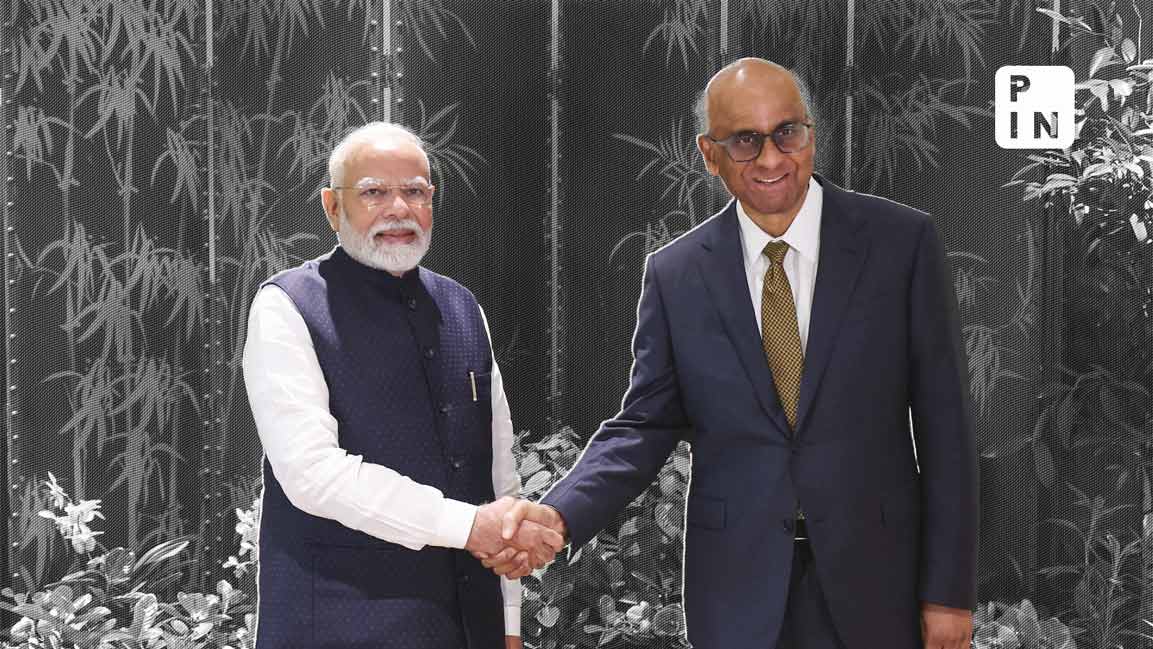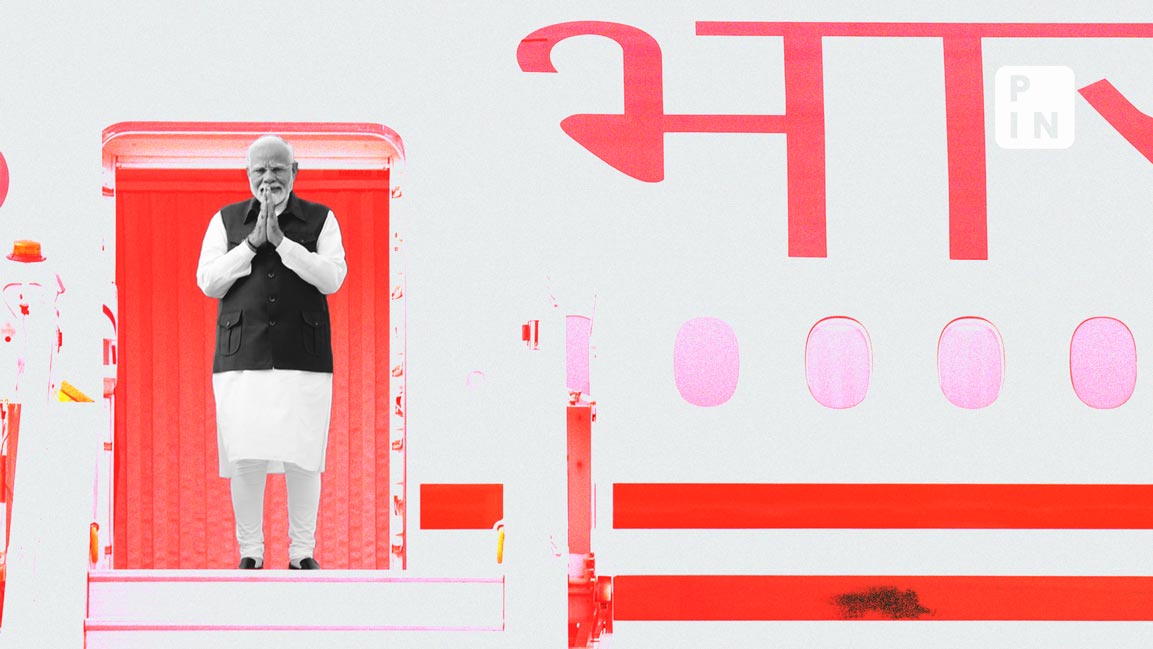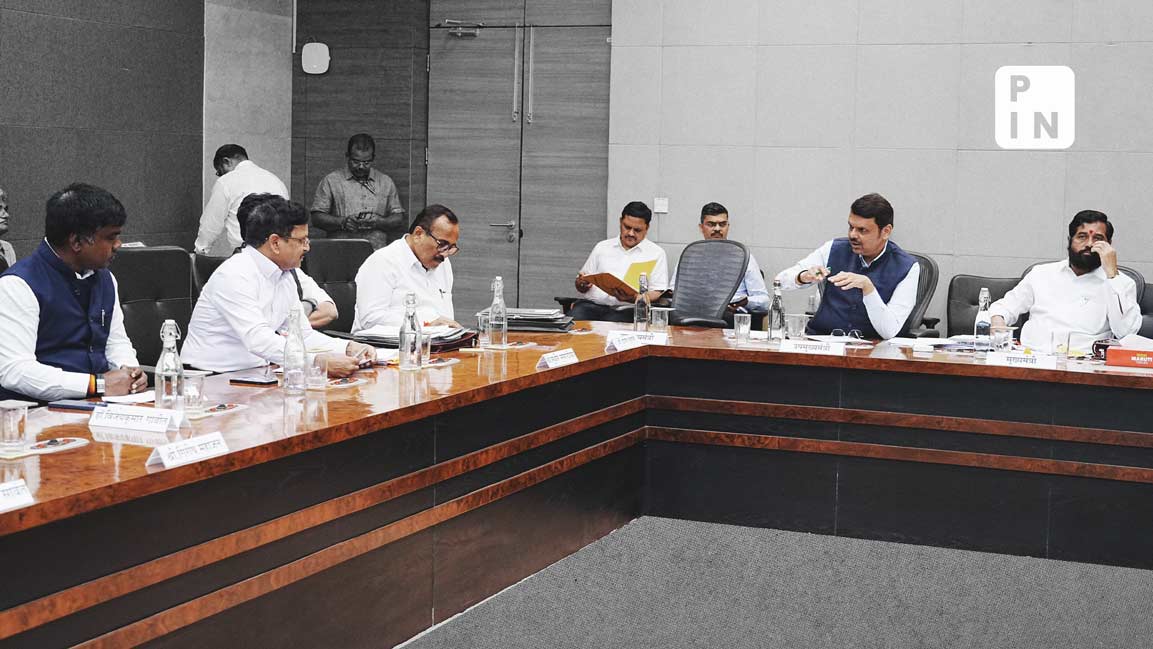- | 5:00 pm
Economic Survey pegs India’s growth at 6.5-7% this fiscal year
Economy on a strong wicket and stable footing, demonstrating resilience despite geopolitical challenges, chief economic adviser says in Economic Survey`

India’s gross domestic product (GDP) may grow at 6.5-7% in the current fiscal year amid increasing global risks that may disrupt trade, the Economic Survey 2023-24 said.
The moderate growth expectation comes against the backdrop of the Indian economy growing at 8.2% in the past fiscal year and amid some economists’ projections of 7% growth for the current fiscal.
The Reserve Bank of India’s (RBI’s) monetary policy committee had last month raised its forecast of India’s growth in the current fiscal to 7.2% from its earlier forecast of 7%.
“The Indian economy is on a strong wicket and stable footing, demonstrating resilience in the face of geopolitical challenges,” chief economic adviser V. Anantha Nageswaran wrote in the preface to the Survey.
“The Indian economy looks forward to FY25 optimistically, anticipating broad-based and inclusive growth,” the Survey said.
Union finance minister Nirmala Sitharaman tabled the 476-page Economic Survey in Parliament on Monday, a day ahead of presenting the budget.
Sitharaman will deliver the budget speech on Tuesday, 23 July, laying out the National Democratic Alliance (NDA) government’s economic priorities under Prime Minister Narendra Modi.
The finance minister is likely to trim the fiscal deficit target, cut some taxes and boost welfare spending.
Fiscal consolidation
On fiscal consolidation, the Economic Survey said that against the global trend of widening fiscal deficit and increasing debt burden, India has stayed on course.
The fiscal deficit has been brought down from 6.4% of gross domestic product (GDP) in FY23 to 5.6% of GDP in FY24, the Survey said, citing data from the Office of Controller General of Accounts.
On jobs, the Survey said the implementation of revamped labor legislation needs to be expedited to create a more conducive environment for job creation.
“The Indian economy needs to generate an average of nearly 7.85 million jobs annually until 2030 in the non-farm sector to cater to the rising workforce,” the Survey said.
The Economic Survey also pointed to slower investment growth by the private sector on “fears of cheaper imports from countries that have excess capacity” as well as uncertain weather patterns.
Inflation targeting
On inflation, the Survey said India’s monetary policy framework should target inflation that excludes food, the prices of which are influenced more by supply than demand.
RBI targets Consumer Price Index-based inflation and currently is mandated to keep inflation at 4% with a tolerance band of 2 percentage points on either side. Volatile food and vegetable prices have caused frequent inflation to jump.
“Short-run monetary policy tools are meant to counteract price pressures arising out of excess aggregate demand growth. Deploying them to deal with inflation caused by supply constraints may be counterproductive,” the Survey said.
“Therefore, it is worth exploring whether India’s inflation targeting framework should target the inflation rate excluding food,” it added.
Carbon emissions
On emissions, the Survey pointed out that despite being one of the fastest-growing economies, India’s annual per capita carbon emission is only about one-third of the global average.
The Survey quoted a recent report by the International Finance Corporation, which highlighted that India is the only G20 nation in line with 2-degree centigrade warming.
The survey further said “the hallmark of India’s growth strategy” is to manage the impact of climate change, and “at the same time give desired focus to developmental priorities.”
Pointing to gaps in the Western approach to tackling climate change, the Survey called on all developing nations to look at climate change problem from a ‘local lens’.
A ‘one-size-fits-all’ approach will not work, and developing countries need to be free to choose their own pathways since they are tasked with balancing developmental goals with meaningful climate action, the Survey said.
On trade and foreign exchange, the Survey said India’s external sector is being deftly managed with comfortable foreign exchange reserves and a stable exchange rate.
“Forex reserves as of the end of March were sufficient to cover 11 months of projected imports and more than 100% of total external debt. The rupee has also been one of the least volatile currencies among its emerging market peers in FY24,” the Survey said, adding that India’s external debt vulnerability indicators also continued to be benign.
Note of caution on financial sector
Sounding a note of caution, the Survey said that while the outlook for India’s financial sector appears bright, some areas will require focused attention going forward.
The significant increase in retail investors in the stock market calls for “careful consideration.” This is crucial because the possibility of overconfidence leading to speculation and the expectation of even greater returns, which might not align with the real market conditions, is a serious concern, the Survey said.
“For a developing economy such as India, the financial sector needs to support the banking sector and fill the gap in capital required for the economy’s growth. Therefore, the financial sector should expand at a pace that is in lockstep with economic growth. In particular, India can ill-afford the economy’s over financialization at its current development stage,” it said.












